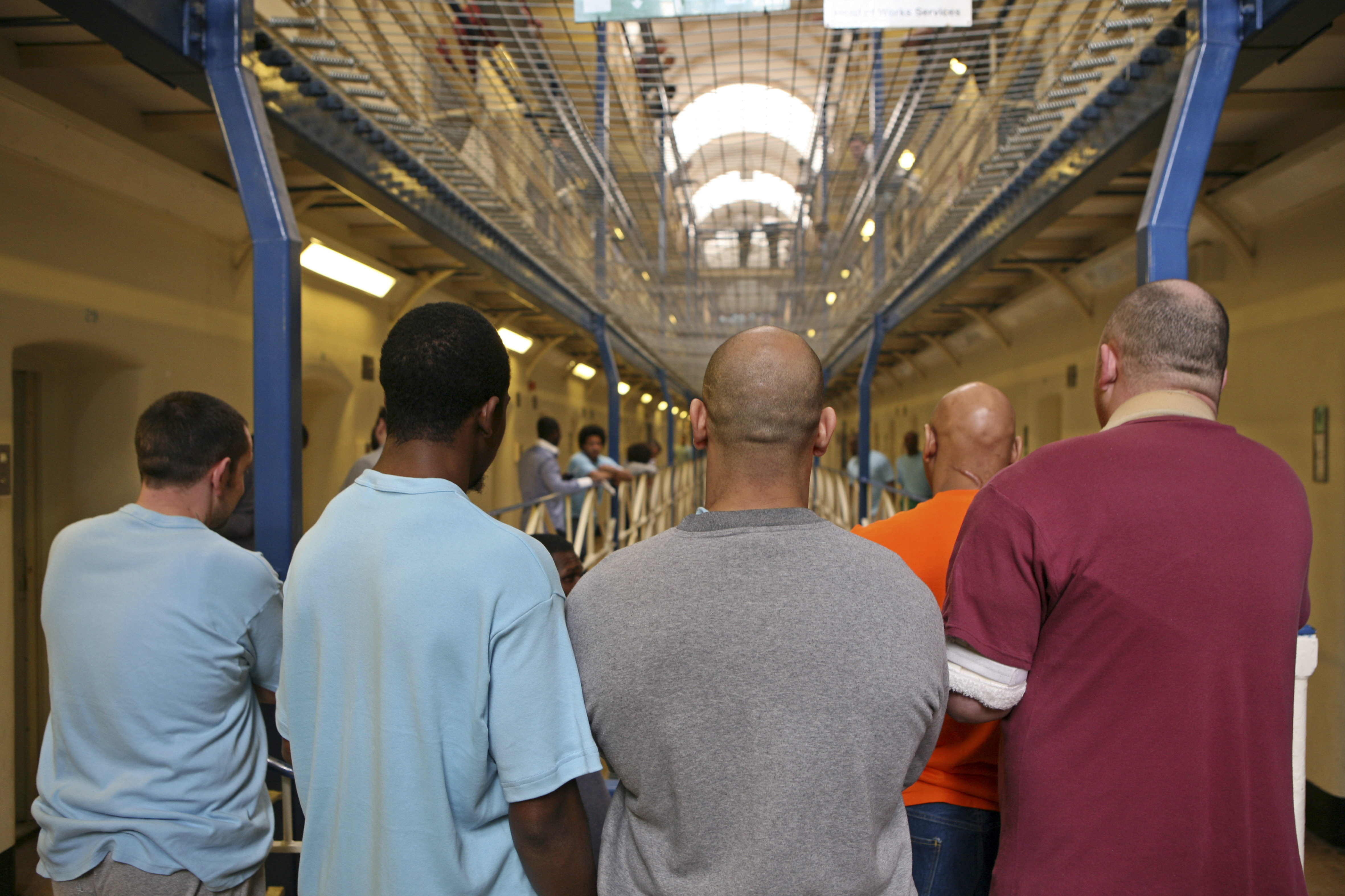Digital first, human always: A person-centred approach to justice technology
By Unilink on 09-Oct-2025 10:06:18

Scotland’s justice system is under pressure. Rising prison numbers, overcrowded facilities and persistent inequalities require new ways of thinking. However, despite the challenges, there is also opportunity. In prisons and community justice services across the country, digital innovation is beginning to reshape how people are supported, how staff work and how agencies collaborate.
The key is not the technology itself, but rather how it is used. When designed around people and embedded in everyday practice, digital tools have the potential to strengthen family ties, facilitate a more successful transition back into the community, and reduce reoffending. Technology, when designed around people and used to benefit them, provides the infrastructure to make this possible. The principle is simple but powerful – digital first, human always.
Why digital transformation matters now
Scotland has already outlined its ambitious vision in its Digital Strategy for Justice, which aims to broaden access, safeguard rights, and improve outcomes. But, for the strategy to succeed, practical systems must reinforce everyday work across prisons, probation and community services.
The pressures for Scotland’s prisons remain, despite recent measures to ease overcrowding. Early release schemes have made an impact on short-term populations, but long-term challenges still remain in the form of high remand numbers, rising women’s prison occupancy and stubborn reconviction rates.
But behind all these statistics are real lives that are shaped by inequality. Almost half of those in custody come from some of the country’s most deprived communities, with many facing barriers in health, education and employment long before they come into contact with the justice system. For many people, the road out of custody is as challenging as the journey into it.
Technology alone can’t resolve these deep-rooted issues, but it can create the conditions for better outcomes. By giving staff more time to focus on people, reducing any gaps in support and making services more consistent and accessible, it demonstrates that digital platforms don’t replace the human side of justice; they support it.
Building on proven solutions
Scotland has already built a strong foundation with its Digital Strategy for Justice and its commitment to community-based rehabilitation. The further challenge now is to scale up proven solutions and embed them consistently across the country’s services:
Strengthening family connections – video calling and digital messaging reduce inequalities in family contact, which is one of the most significant protective factors against reoffending. Distance, cost, transport barriers and limited visiting hours can be prohibitive but digital communication provides a fairer, more inclusive solution.
Self-service platforms – kiosks and in-cell devices cut the administrative load for staff, reduce disciplinary issues, improve relationships between staff and prisoners and, most importantly, build digital literacy, which is proven to lower reoffending rates, making their impact about far more than simple efficiency.
Risk monitoring systems – data-driven tools, such as wellbeing analysis, can help staff to identify risks and intervene earlier, through patterns such as reduced family contact, changes in work or education patterns or reduced engagement with daily routines. These tools don’t replace professional judgment but enhance it, and can help identify individuals who may be at risk of self-harm, reducing its likelihood by as much as 80%.
Integrated case management – seamless transitions from custody to community are essential. Joined-up platforms linking prison with probation services, can work together to make reintegration smoother, reducing the risk of repeat offending and ensuring that outcomes are sustainable.
Each of these solutions is practical, achievable and has demonstrated value. They’re also aligned with Scotland’s wider policy emphasis on fairness, prevention and rehabilitation. Together they create a justice system that’s more efficient, more humane and better aligned with Scotland’s goals.
Human-centred innovation
What unites these solutions is a commitment to people-first design. The technology that powers these innovations is being used to support people, remove barriers, reduce inefficiencies, and give them the tools they need to prepare for their future. It also frees up staff time for more meaningful engagement.
It also provides the data needed for evidence-based policy. Trends in programme participation, family contact and post-release outcomes can be analysed to identify what works best, with resources then directed towards interventions with the greatest impact. This creates a cycle of continuous improvement – digital systems generate insights, policymakers act on them and services adapt in response. For a system facing intense and complex pressures, such evidence is vital for ensuring that reform is effective and sustainable. For policymakers, this represents a practical way to turn strategy into delivery. By embedding digital tools into routine practice, community justice becomes more consistent, more transparent and more responsive to local needs, demonstrating that technology, when designed around people, makes justice more humane.
Looking ahead
Scotland's justice system may be under pressure, but it is also innovating. It’s set a clear direction through its Digital Strategy for Justice and its emphasis on community-based rehabilitation. The challenge now is to scale up what works, such as secure video calls, digital self-service and integrated case management which are already making a difference, and to ensure that innovation is not limited to isolated pilots, but becomes embedded across the whole system. By scaling up these solutions, the country can create a system that is fairer, safer and more connected.
The future of justice in Scotland is not about choosing either technology or humanity, it’s about using the former to strengthen the latter, in order to remain digital first, but human always.
For more information about Unilink’s range of AI-driven suites of prison and probation technology, contact us.
You May Also Like
These Related Stories
-1.png)
Beaumont Colson joins The Unilink Group

Gary Monaghan talks Digital Prison, Self-Service and Improving Prisons

-1.png?width=1200&height=312&name=Unilink%20-%20full%20colour%20with%20strapline%20(1)-1.png)